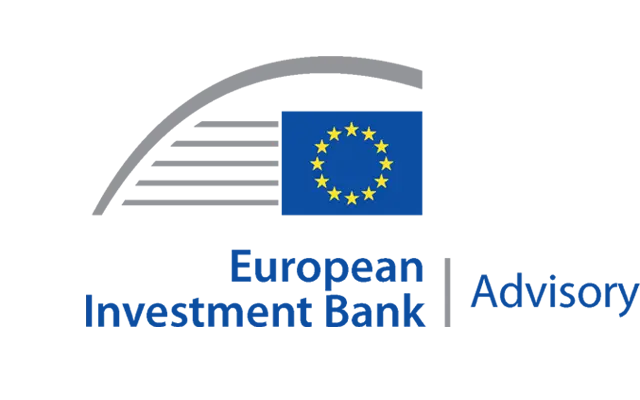New publications about ESIF financial instruments available

The use of financial instruments in Cohesion Policy reaches record high. Halfway through the 2014-2020 EU budget period, the amount of European Structural and Investment Funds (ESIF) channelled through financial instruments already exceeds the amount invested via such instruments in the 2007-2013 period. New data published on 13 December 2018 by the European Commission shows that by the end of 2017, the amount invested via financial instruments reached nearly EUR 18.8 bn, an increase of over EUR 5 bn compared to the previous year.
Commissioner for Regional Policy Corina Creţu said: “In line with the objectives of the Juncker Plan, at the beginning of the mandate we committed to make smarter use of EU resources and EU funds investments via financial instruments. These instruments, such as guarantees and equities, have proven to maximise the impact of each euro we invest on the ground. I am very glad to see that we delivered on this commitment halfway through the current EU budget period; this is very promising for the success of the post 2020 Cohesion Policy."
The largest share of funding (56%) has been assigned to support for small and medium companies, followed by investments in the shift towards a low-carbon economy, mainly in energy efficiency (16%) and in research, development and innovation (16%).
The Summary of the data on the progress made in financing and implementing the financial instruments for the programming period 2014-2020 in accordance with Article 46 of Regulation (EU) No 1303/2013 of the European Parliament and of the Council presenting the situation as at 31 December 2017, is available here on the European Commission’s website.
Useful new publications have been recently released by fi-compass. These include two new case studies featuring financial instruments using the European Regional Development Fund (ERDF).
One of the newly published ERDF case studies describes a financial instrument that provided business loans across Greece during the previous programming period. The case study shows how close cooperation between stakeholders led to a well-positioned financial instrument that could provide finance to micro, small and medium-sized enterprises in a crisis-hit market. Set up under the TEPIX (or ‘Entrepreneurship Fund’) holding fund, the ‘TEPIX Business Restart’ Action was co-funded by the ERDF through five Greek Operational Programmes. You can download and share this Greek case study from here on the fi-compass website’s library.
Our other recently released ERDF case study also highlights useful practice from the previous programming period. This fi-compass publication illustrates how ERDF financial engineering instruments were used in Cyprus to address the lack of finance for small and medium-sized enterprises (SMEs). The financial products (loans with lower interest rates and lower collateral requirements than commercial bank loans) supported the sustainable development of over 500 SMEs, contributing to regional development in Cyprus. You can download and share this Cypriot case study from here in the fi-compass website’s library.
Other new published fi-compass resources include the Final report: fi-compass State aid survey as well as the Final report: fi-compass mid-term survey. fi-compass will continue with new publications in 2019. These will include for example further case studies as well as translations of some existing fi-compass publications into other languages.

